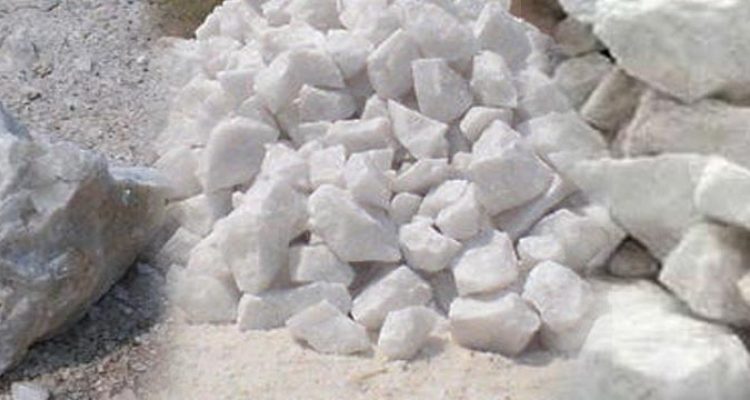BALL CLAY
BALL CLAY is a variety of Kaolinite, like china-clay. It differs from china-clay in having high plasticity and less refractoriness. In chemical composition, Ball clays usually contain three dominant minerals: from 20-80% kaolinite, 10-25% mica, and 6-65% quartz. In addition, there are other ‘accessory’ minerals and some carbonaceous material (derived from ancient plants) present. The main utility of ball clay is its plasticity and it is mixed with non-plastic or less plastic clays to make them acquire the requisite plasticity. The high plasticity of ball clay is attributed to the fact that it is fine-grained and contains a small amount of montmorillonite.
Application of
Ball Clay
- A vital material in ceramics – Ball clays are used in many different industries, but in particular form a vital component in ceramic manufacturing,
- Sanitaryware: A ‘ceramic body’ for sanitaryware typically includes 30% ball clay to provide plasticity and workability, 20% kaolin, 30% feldspar and 20% quartz/silica,
- Tableware: Ceramic tableware utilizes ball clay to provide high plasticity and a good white-fired color, combined with kaolin, feldspar and quartz,
- Wall and floor tiles: Combined with talc, feldspar, quartz/silica and kaolin, ball clays are utilized for their plasticity and bonding properties,
- Glazes and engobes: Ball clays are also used in the production of coatings for ceramic products to ensure the perfect finish,
- Refractory clays: An ability to resist the effects of extremely high temperatures makes ball clay ideal for use in refractory products such as kiln insulation and furniture,
- Construction ceramics: Building materials such as bricks, clay pipes and roof tiles all contain ball clay,
- Electrical porcelain insulators: You will find ball clays in the electrical porcelain components that provide insulation from high voltage currents,
- Non-ceramic applications: These include the construction industry; horticulture, agriculture and amenity industries; use as fillers and extenders in polymers, adhesives, plastics, sealants, fertilizers and insecticides, etc.

